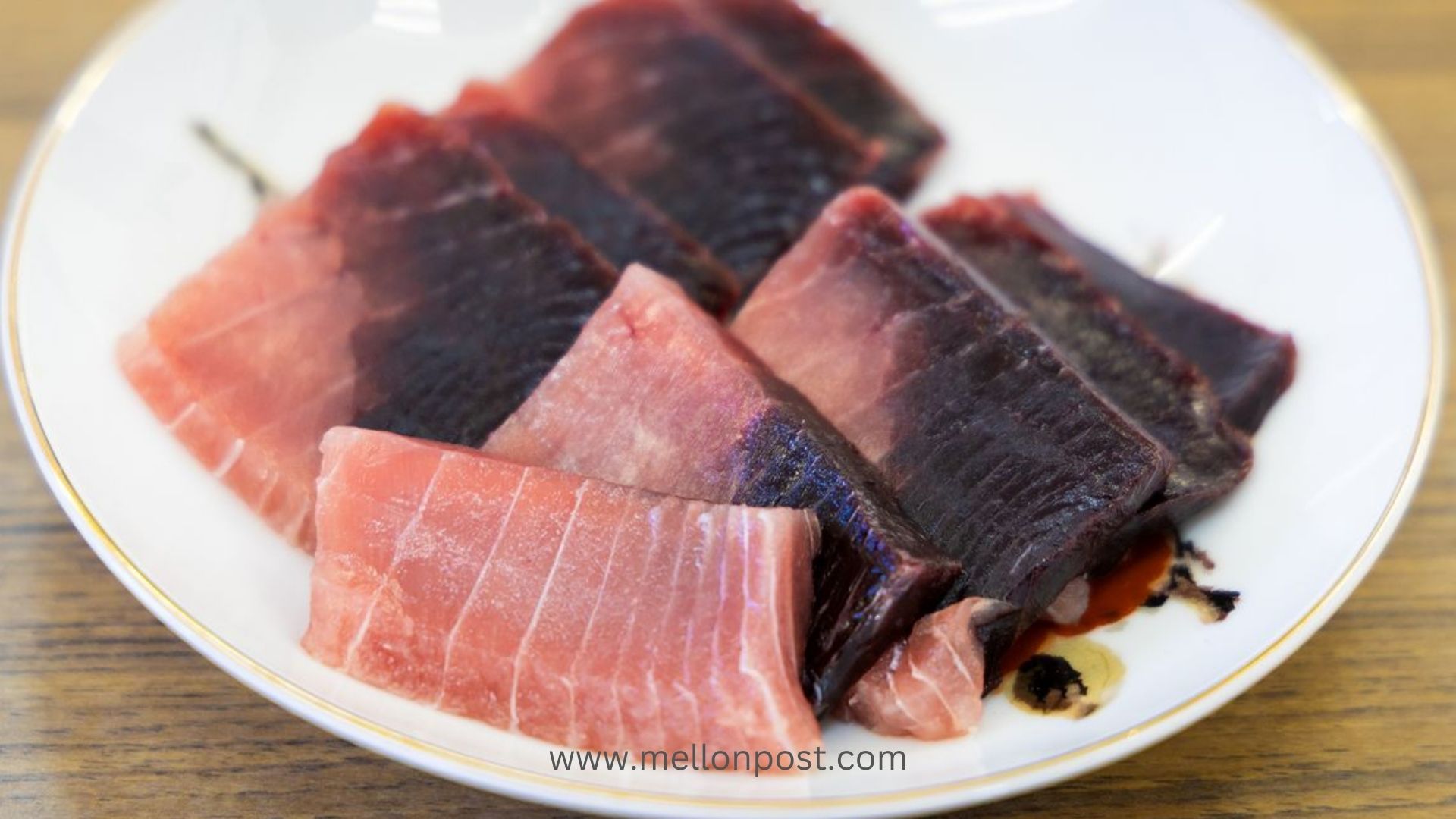
Why Does The Tuna Fish Have Dark Meat ?
Tuna fish has dark meat primarily due to its muscle composition and the physiological demands of its lifestyle.
Here are the key reasons behind the presence of dark meat in tuna:
1. Muscle Types: Dark vs. Light Muscle
Tuna, like many fish, has two types of muscle: dark (red) muscle and light (white) muscle. The dark muscle is rich in myoglobin, a protein that stores oxygen and is crucial for sustaining prolonged activity. This is particularly important for tuna, which are highly active swimmers and migratory species.
2. High Activity Levels
Tuna are known for their endurance and long-distance swimming capabilities. The dark muscle is utilized for continuous, sustained swimming, which requires a greater supply of oxygen. The high levels of myoglobin in this muscle type allow for efficient oxygen storage and utilization during prolonged exertion.
3. Oxygen Supply
The dark colour of the meat is attributed to the high concentration of myoglobin and haemoglobin, which are responsible for transporting oxygen in the blood and muscles. Tuna’s active lifestyle necessitates a robust oxygen supply, leading to a higher proportion of dark muscle compared to less active fish species.
4. Fat Content
Dark muscle also tends to have a higher fat content, which contributes to its rich flavour and texture. This fat is important for energy storage during long migrations and helps maintain buoyancy.
5. Nutritional Benefits
The dark meat of tuna is not only flavorful but also nutritionally advantageous. It contains higher levels of certain nutrients, including heme iron, which is more bioavailable than non-heme iron found in plant sources. This makes it beneficial for individuals looking to increase their iron intake.
6. Culinary Considerations
While some consumers may prefer the lighter meat due to its milder flavour, the dark meat is often considered a delicacy in certain culinary traditions. It can be used in various dishes, although it may be less commercially marketed compared to the lighter cuts.
Conclusion
The presence of dark meat in tuna fish is a result of its evolutionary adaptations to an active lifestyle that demands efficient oxygen use and energy storage. Understanding these factors not only enhances appreciation for this seafood but also highlights its nutritional benefits and culinary potential.
Continue reading: Top 8 Cat Breeds That Are Best For Families With Children